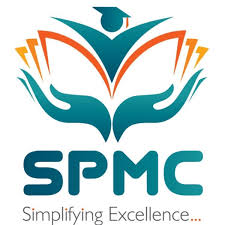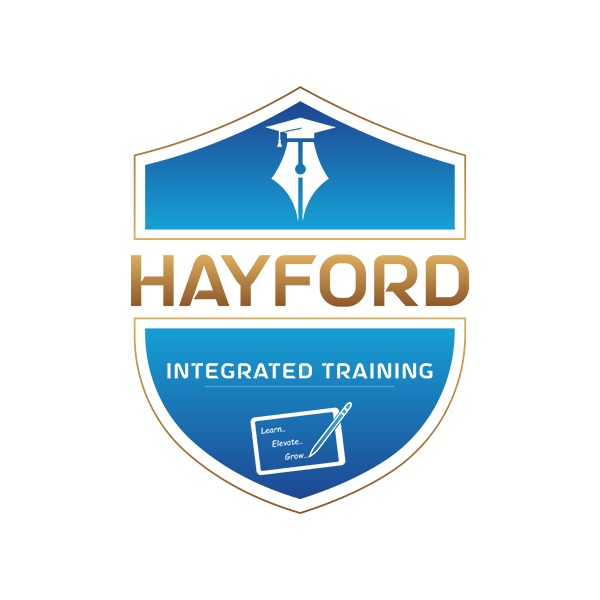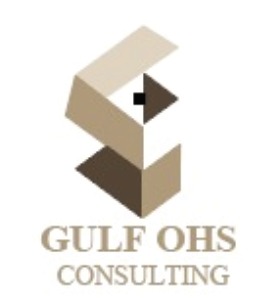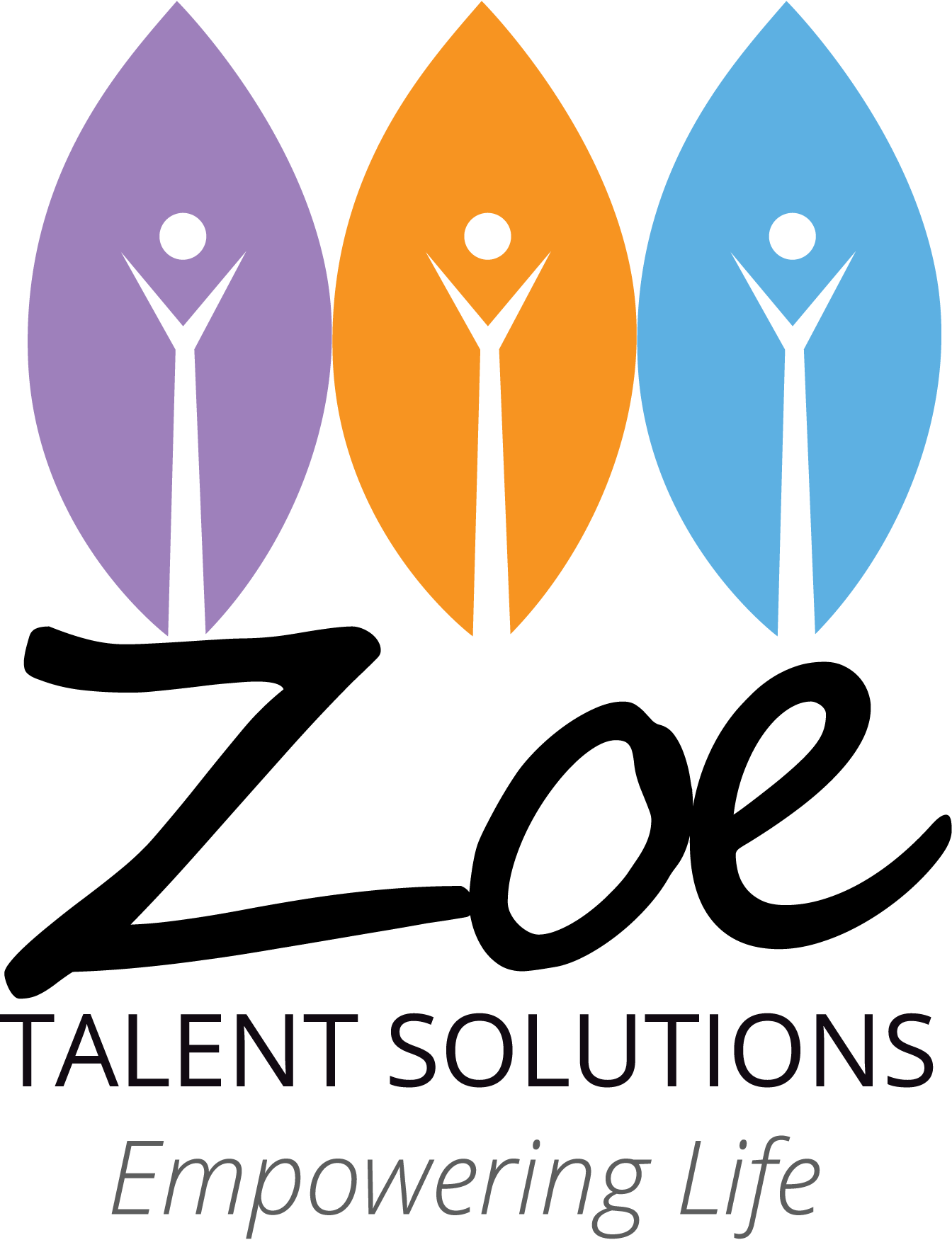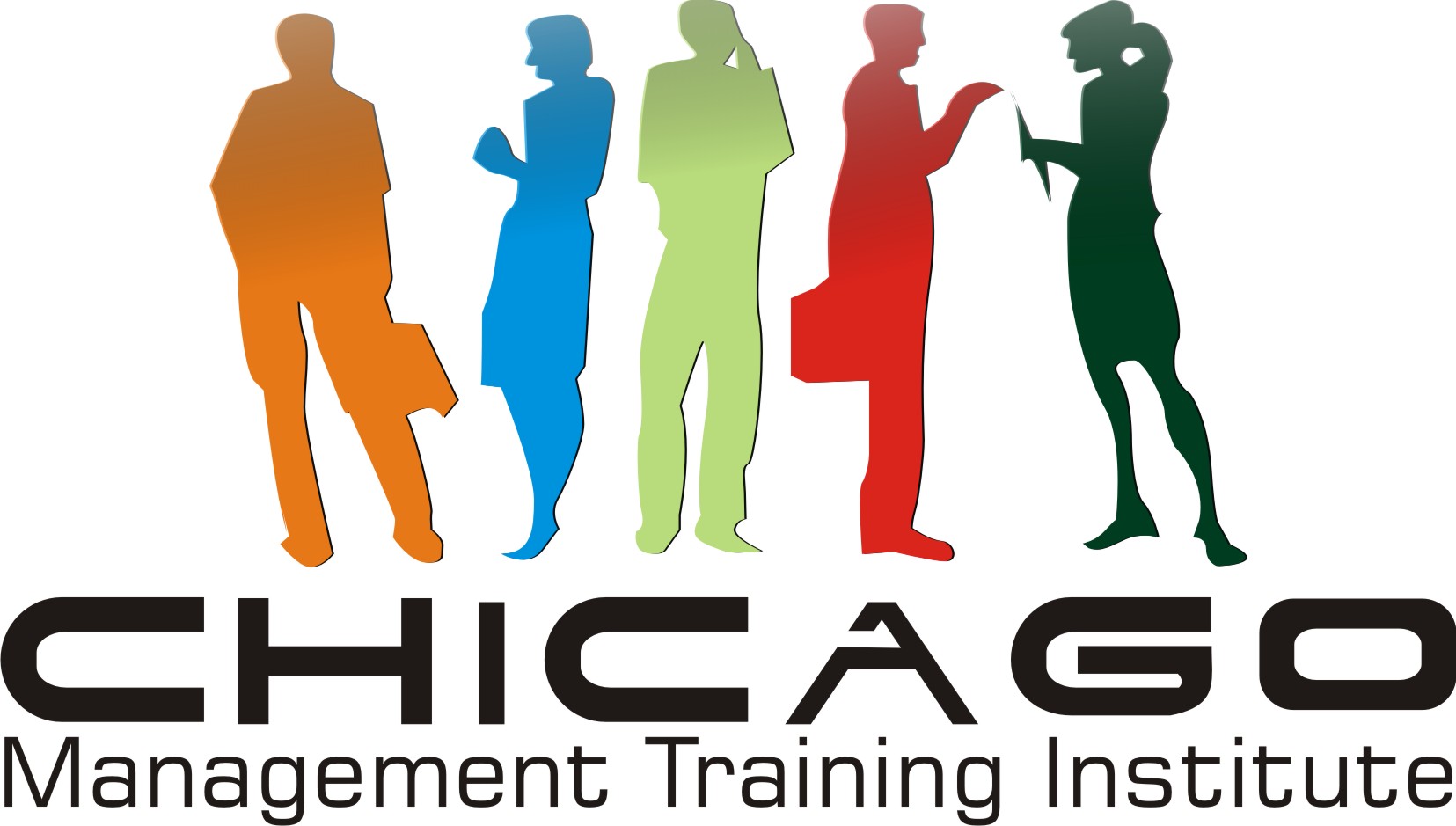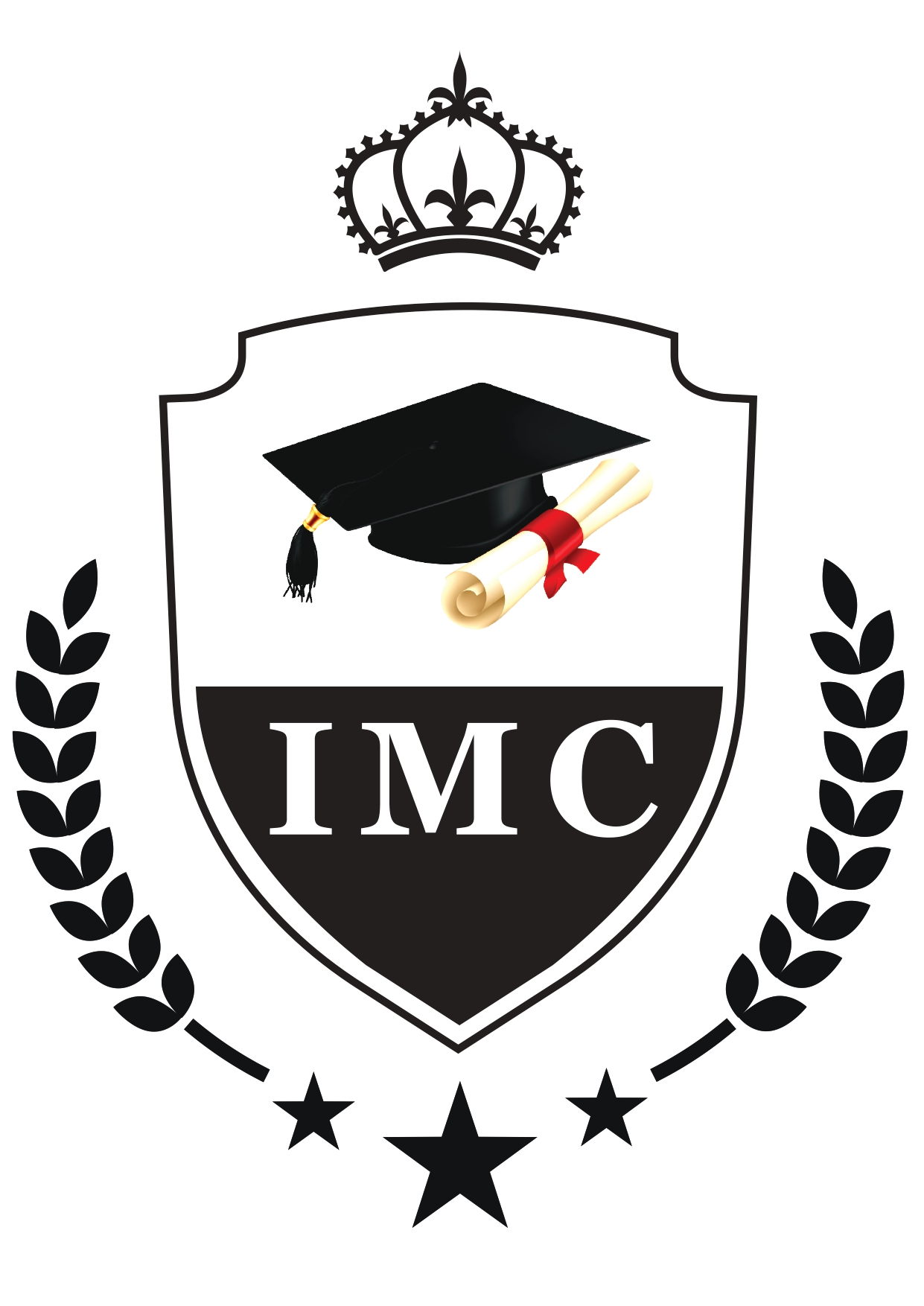A Certified Manager of Quality/Organizational Excellence program facilitates and leads team efforts to establish and monitor customer/supplier relations, supports strategic planning and deployment initiatives, and helps develop measurement systems to determine organizational improvement.
This program teaches skills to manage projects and human resources, motivate staff, analyze finances, recognize, and evaluate risk and implement knowledge management tools and techniques.
Target Audience
CMQ/OE Certification training course is recommended for directors, managers, supervisors, and team leaders who are required to apply a fact-based design, control and accelerated-improvement process that achieves performance results.
Eligibility
- Diploma—9 Years’ Experience
- Associate degree—8 Years’ Experience
- Bachelor’s degree—6 Years’ Experience
- Master’s or doctorate—5 Years’ Experience
Course Content
Part I Leadership
Chapter 1 Organizational Structures
- Organizational Design
- Vertical Organizational Design
- Horizontal Organizational Design
- Centralization/Decentralization
- Types of Organizational Structures
- Management Hierarchy and Influence on the Organization
- Endnotes
Chapter 2 Leadership Challenges
- Roles and Responsibilities of Leaders
- Roles and Responsibilities of Managers
- Change Management
- Techniques for Facilitating or Managing Organizational Change
- Change Agents
- Guidelines for Implementing Change
- Techniques and Roles of Change Agents
- Organizational Roadblocks
- Constraint Management
- Leadership Techniques
- Theories of Motivation and Influence
- Negotiation
- Conflict
- Empowerment
- Benefits from Empowerment
- Endnotes
Chapter 3 Teams and Team Processes
- Types of Teams
- Team Configurations
- Team Selection
- Stages of Team Development
- Team-Building Techniques
- Team Roles and Responsibilities
- Steering Committee
- Team Structure
- Dealing with Team Process Problems
- Team Facilitation Techniques
- Team Performance and Evaluation
- Groupthink
- Final Thought
- Endnotes
Chapter 4 ASQ Code of Ethics
Part II Strategic Plan Development and Deployment
Chapter 5 Strategic Planning Models
- Strategic Planning Concepts
- Traditional Strategic Planning
- Hoshin Planning
- Scenario Planning
- Barriers to Successful Strategic Planning
- Endnotes
Chapter 6 Business Environment Analysis
- SWOT Analysis
- Market Forces
- Competitive Analysis
- Benchmarking
- Stakeholder Analysis
- Technology
- Internal Capability Analysis
- Organizational Core Competencies
- Legal and Regulatory Factors
- Legal Factors
- Regulatory Factors
- Endnote
Chapter 7 Strategic Plan Deployment
- Tactical Plans
- Resource Allocation and Deployment
- Leadership and Management
- Resource Availability
- Allocation of Resources
- Deployment of Tactical-Level Means
- Deployment of Action Plans
- Organizational Performance Measurement
- Designing Performance Measures
- Metrics and Organizational Alignment
- Monitoring, Measuring, and Reporting Performance
- Quality in Strategic Deployment
- Formulating Quality Policies
- Defining Quality Management Principles
- Quality Objectives
- Summary
- Endnote
Part III Management Elements and Methods
Chapter 8 Management Skills and Abilities
- Principles of Management
- Planning, Organizing, Staffing, Directing, and Controlling
- (POSDC)
- Core Values and Concepts
- Management Theories and Styles
- Overview of Management Theories and Styles
- Tools
- Interaction of Management Theories and Management Styles
- Organizational Culture
- Interdependence of Functional Areas
- Internal Functions
- Integrated Business Processes
- Systems Thinking
- Human Resources (HR) Management
- Human Resources Functions
- Personnel Selection, Hiring, and Assimilation
- Financial Management
- Speak the Language of Management
- Financial Reporting
- Measures—Ratios
- Product/Service Cost Structures
- Budgets
- Balanced Scorecard
- Communicating with Senior Management
- Risk Management
- Types of Risks
- The Risk Management Process
- Risk Exposure Techniques and Tools
- Responding to Risk Exposures
- Computing Potential for Loss and Taking Action
- Summary
- Knowledge Management
- What Is Knowledge?
- How to Capture, Share, and Access Information
- Initiating Knowledge Management
- The Learning Organization
- Core Competencies
- Measuring the Outcomes of KM
- Organizational Hurdles to Overcome
- Product Development
- Endnotes
Chapter 9 Communication Skills and Abilities
- Communication Techniques
- What Is Communication?
- Direction of Communication
- Methods of Communication
- Selecting Appropriate Media
- Questioning Techniques
- Interpersonal Skills
- Using Interpersonal Skills and Techniques
- Benefits of Effective Communication Techniques
- Written Communications
- Listening
- Feedback
- Roadblocks to Effective Communication
- Communications in a Global Economy
- Succeed in the Global Workplace
- Communications and Technology
- Uses of Information Systems
- The Technology in Information Systems
- Distribution of Information
- Using Information for Managing Organizational Performance
- Obsolescence in the Blink of an Eye
- Assess the Risks
- Endnotes
Chapter 10 Project Management
- Project Management Basics
- Project Life Cycle
- Methodologies for Visualizing, Selling, and Initiating the Project
- Project Planning and Estimation Tools
- Risk Assessment
- Methodologies for Planning the Project
- Methodologies for Designing the Processes and Outputs
- (Deliverables)
- Measure and Monitor Project Activity
- Tools for Implementing and Tracking the Project
- Methodologies for Evaluating and Closing Out the Project
- Project Closeout Actions
- Project Documentation
Chapter 11 Quality System
- Various Meanings of Quality
- Examples of Quality Characteristics
- Drivers of Quality
- Quality of Design versus Quality of Conformance
- Quality Planning, Control, and Improvement
- Little q and Big Q
- Quality Is Strategic
- Quality Mission and Policy
- Quality Function Mission
- Quality Function Policies, Principles, and Objectives
- Quality Planning, Deployment, and Documentation
- Quality Plans
- Deployment and Documentation of Quality Plans
- Quality System Effectiveness
- Tools and Metrics for Evaluating the Effectiveness of the
- Quality System
- Tools and Metrics
- Endnotes
Chapter 12 Quality Models and Theories
- Organizational and Performance Excellence
- Category Descriptions
- Using the BPEP Criteria as a Management Model
- Other Quality-Related Awards
- ISO Quality Management Standards
- International Quality Management—ISO 9000 Series of Standards
- Other Pertinent ISO-Related and International Standards
- Examples of Other Standards
- Other Quality Methodologies
- Total Quality Management
- Primary Elements of TQM
- Benefits of TQM
- TQM Implementation Approaches
- Common TQM Implementation Problems
- Continuous Quality Improvement (CQI)
- Quality Philosophies
- Theories of Major Contributors to Quality
- Endnotes
Part IV Quality Management Tools
Chapter 13 Problem-Solving Tools
- The Seven Classic Quality Tools
- Flowchart (1)
- Check Sheet (2)
- Cause-and-Effect Diagram (3)
- Pareto Chart (4)
- Control Charts (5)
- Histograms (6)
- Scatter Diagrams (7)
- Basic Management and Planning Tools
- Activity Network Diagram (1)
- Affinity Diagram (2)
- Interrelationship Digraph (3)
- Matrix Diagram (4)
- Priorities Matrix (5)
- Process Decision Program Chart (6)
- Tree Diagram (7)
- Gantt Chart
- Process Improvement Tools
- Root Cause Analysis
- PDCA/PDSA Cycle
- SIPOC Analysis
- Six Sigma and the DMAIC Model
- Failure Mode and Effects Analysis
- Process Improvement Model
- Innovation and Creativity Tools
- Creative Thinking versus Analytical Thinking
- Brainstorming
- Mind Mapping
- Analogies
- Nominal Group Technique
- Multivoting
- Lateral and Parallel Thinking
- Critical Thinking
- Five Whys
- Design for Manufacturing Ability and Design for Six Sigma
- TRIZ
- SCAMPER
- Storyboard
- Other Creativity Tools
- Cost of Quality (COQ)
- Categorizing Quality Costs
- Endnotes
Chapter 14 Process Management
- Process Goals
- How Are Process Objectives Monitored, Measured, and Reported?
- Process Analysis
- Flowcharting/Process Mapping
- Procedures and Work Instructions
- Control Plans
- Industry-Specific Documentation
- Eliminating Waste
- Lean Tools
- Cycle-Time Reduction
- Five S
- Just-in-Time
- Kanban
- Value Stream Mapping
- Single-Minute Exchange of Die
- Poka-Yoke or Mistake-Proofing
- Kaizen
- Overall Equipment Effectiveness
- Pitfalls to Avoid in Achieving Cycle-Time Reduction
- Theory of Constraints (TOC)
- How TOC Treats the Flow of Money
- Tools Used in TOC
- Endnotes
Chapter 15 Measurement: Assessment and Metrics
- Basic Statistical Use
- Techniques and Tools to Measure Processes
- Measuring Independent Process Variables
- Establishing Process Measures
- Techniques and Tools to Measure Projects
- How Metrics and Data-Gathering Methods Affect Some People
- Three Timely Tenets
- Sampling
- Acceptance Sampling Methods
- Risks in Sampling
- Statistical Analysis
- Simple Statistics Used to Analyze Groups of Data
- Advanced Statistical Methods
- Statistical Process Control (SPC)
- Pre-Control
- Measurement Systems Analysis
- Trend and Pattern Analysis
- Long-Term versus Short-Term Trend Analysis
- Patterns in Trend Analysis
- Tabular Data
- Data Mining
- Geographic Information System
- Barriers to Successful Trend Analysis
- Process Variation
- Factors Affecting Variation
- Types of Variation
- Achieving Breakthrough Improvement
- Process Capability
- Reliability Terminology
- Product Reliability
- Mean Time to Failure (MTTF)
- Mean Time between Failures (MTBF)
- Other Measures of Reliability Qualitative Assessment
- Survey Analysis and Use
- Endnotes
Part V Customer-Focused Organizations
Chapter 16 Customer Identification and Segmentation
- Overview of Customer Types
- Importance of Identifying Customer Types
- Internal Customers
- Quality-Level Agreements
- Three Timely Tenets
- How Treatment of Internal Customers Influences Processes for
- External Customers
- Methods to Energize Internal Customers
- External Customers
- Types of External Customers
- Customer Segmentation
- The Shift to Customer Segmentation
- Customer Segmentation
- The Process of Segmenting Customers
- Segmentation Concepts
- Choosing a Segmentation Strategy
- Process for Working with External Customers
- Endnotes
Chapter 17 Customer Relationship Management
- Defining Customer Focus
- Managing Customer Relationships
- Customer Needs
- Anticipating Customer Expectations and Needs
- Quality Function Deployment
- Other Models for Gathering and Deploying Voice of the Customer
- Information
- Customer Satisfaction and Loyalty
- Determining Customer Satisfaction Levels
- Analyzing Customer Satisfaction Data
- Complaint Handling
- Capturing, Differentiating, and Using Data from Customers
- Techniques and Tools Used to Collect the Data
- Corrective and Preventive Action
- Pitfalls Encountered in Determining Customer Satisfaction
- Customer Retention/Loyalty
- Customer Value Analysis
- Customer Service Principles
- Creating a Customer Service–Oriented Organization
- Multiple and Diverse Customer Management
- Managing Multiple Customers
- Resolving Conflict
- Managing Capacity and Resources
- Endnotes
Part VI Supply Chain Management
Chapter 18 Supply Chain Management
- Supplier Selection
- Supplier Selection
- Assessing Supplier Capabilities Caveats
- Supplier Communications
- Supplier Performance
- Supplier Improvement
- Supplier Audits
- Corrective and Preventive Action
- Feedback to Suppliers
- Monitoring Process Improvements
- Supplier Certification, Partnerships, and Alliances
- Supplier Certification
- Partnerships and Alliances
- Supplier Logistics and Material Acceptance
- Logistics
- Material Acceptance
- Management of the Supply Chain
- Endnotes
Part VII Training and Development
Chapter 19 Training and Development
- Distinguishing Between Training and Education
- Training Plans
- Alignment with Strategic Planning and Business Needs
- What Training Can and Can Not Do
- Training Is a Process
- Training Needs Analysis
- Purposes of a Needs Assessment and Analysis
- Assessing Training Needs
- Needs Assessment Techniques and Tools
- When the Need Is to Improve Job Performance Caveats
- Training Materials/Curriculum Development and Delivery
- Training and Education—Differences by Organizational Level
- Designing the Training Program
- Methods of Training Delivery
- Other Training Delivery Techniques
- Keys to Making Training More Effective
- Training Effectiveness and Evaluation
- Training Effectiveness
- What Causes Ineffectiveness or Failure?
- Rationale for Ongoing Training Evaluation
- Reinforcing Quality Training
- Training and Education as Tools in the Management of Quality
- Distinguishing Between Training, Education, and Individual
- Development
- Endnotes
